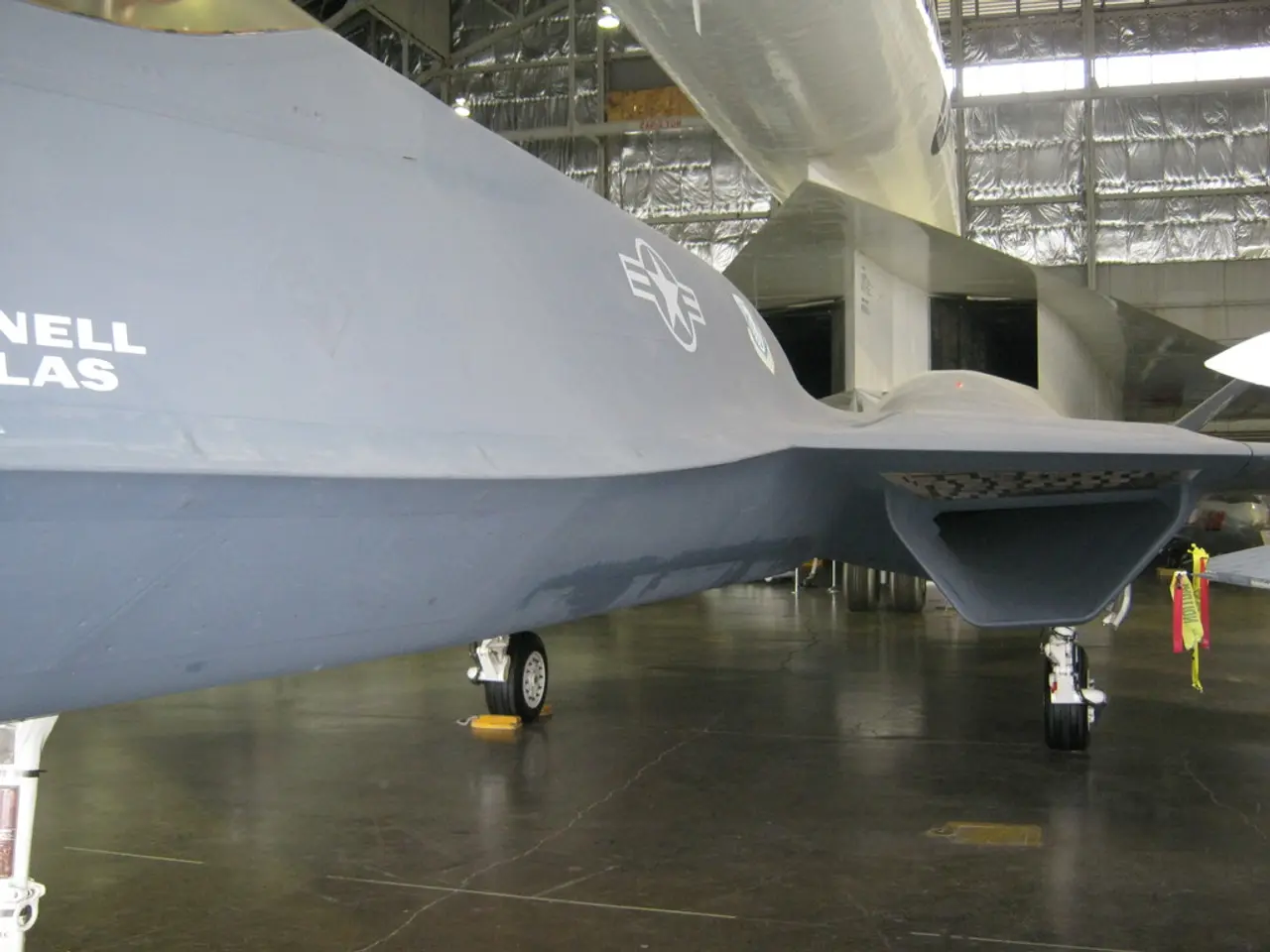Boeing reports reduced financial loss due to increased jet deliveries
Boeing, the American aerospace giant, has made significant strides in its recovery from the challenges faced in recent years. As of mid-2025, the company is producing the 737 MAX at the FAA-imposed cap of 38 jets per month, achieved first in May 2025 [1][4]. The focus now is on stabilizing production at this level with improved quality and safety measures before seeking FAA approval to increase the rate to 42 per month.
CEO Kelly Ortberg has expressed some caution about the timing of further production rate increases, signaling a more measured approach after previous optimistic targets [3]. This cautious approach is reflected in the company's financials, with a smaller second-quarter loss reported. The improvement is largely attributed to increased jet production and deliveries, which helped improve cash flow and operational stability [4].
Delivery-wise, Boeing has reported significant progress. The second quarter of 2025 saw the company deliver 150 jets, the strongest quarterly output for the company since 2018 [2]. June 2025 was particularly noteworthy, with 60 aircraft delivered, including 42 of which were 737 MAX jets, marking the highest monthly deliveries since late 2023 [2].
Boeing's production and delivery improvements have had a positive impact on its financial stability. The company posted a net loss of $612 million for the quarter through June, a decrease from $1.44 billion a year earlier [5]. However, the smaller loss is a testament to the company's efforts to improve its financial position amid the ongoing recovery from earlier 737 MAX crises.
The company continues to face pressure from supply chain disruptions that have delayed production and limited its ability to meet surging aerospace demand. Despite these challenges, Boeing has ramped up jet production and deliveries, a move that has been crucial in strengthening its financial position.
Boeing remains exposed to U.S. President Donald Trump's sweeping tariffs, which could increase parts costs and further strain an already fragile supply chain [5]. However, the company is working diligently to mitigate these impacts and continue its recovery trajectory.
In summary, Boeing is making steady progress in its recovery from the 737 MAX crises. The company is focused on stabilizing and improving quality to maintain production momentum while gradually increasing output. Certification efforts for newer MAX variants like the MAX 7 and MAX 10 continue, targeting 2026 [5]. Shares of Boeing rose 1.5% in premarket trading. Additionally, Boeing increased 787 production at its plant in Charleston, South Carolina, to seven aircraft a month.
- Boeing's financial stability has been partially attributed to increased jet production and deliveries, particularly the 737 MAX, which helps in mitigating the impact of defense spending and tariffs in the industry.
- As Boeing continues its recovery trajectory, it faces challenges in the aerospace industry due to supply chain disruptions and US tariffs, yet it is actively working on defense mechanisms to lessen the effects and secure its future growth.








